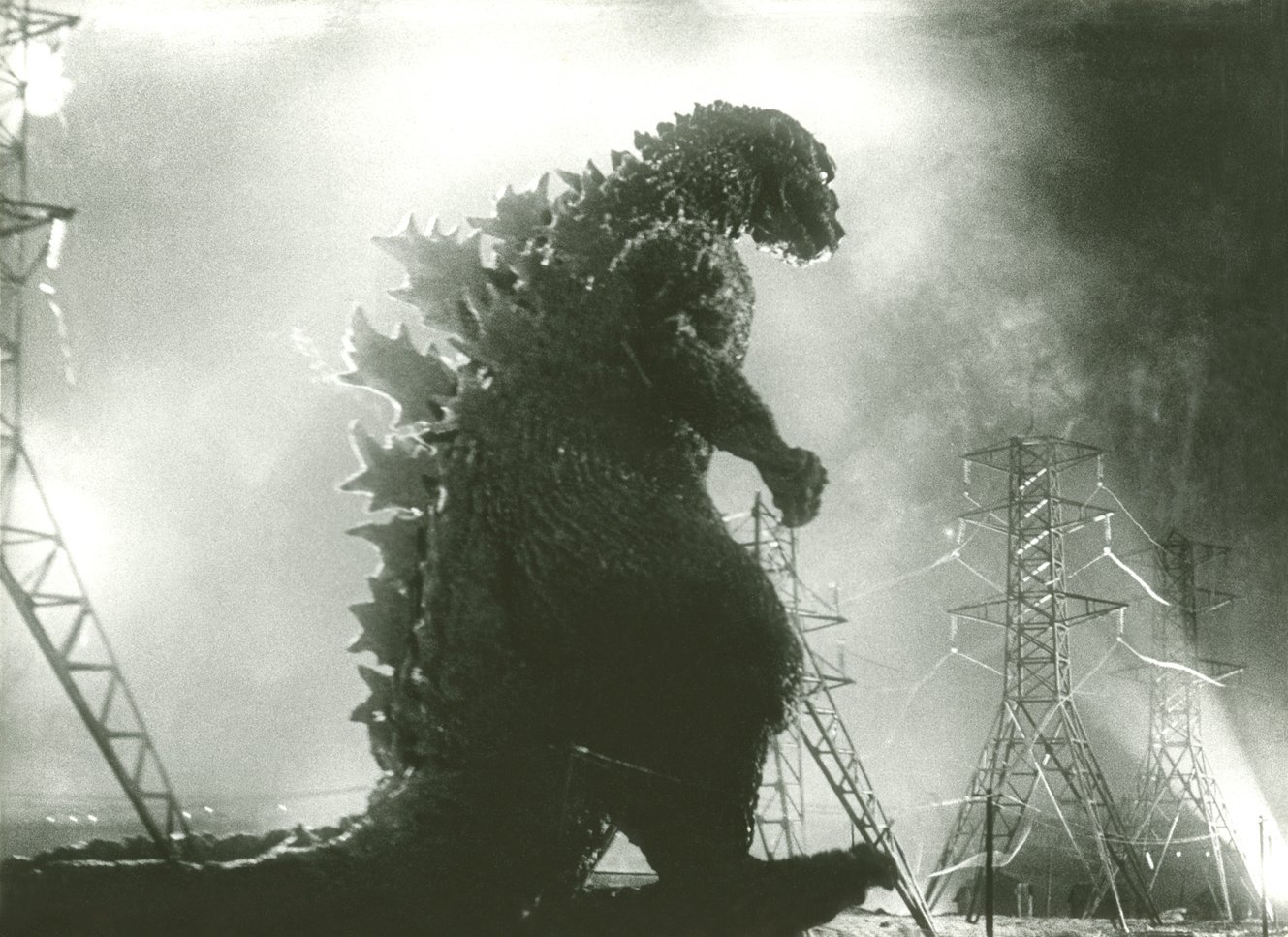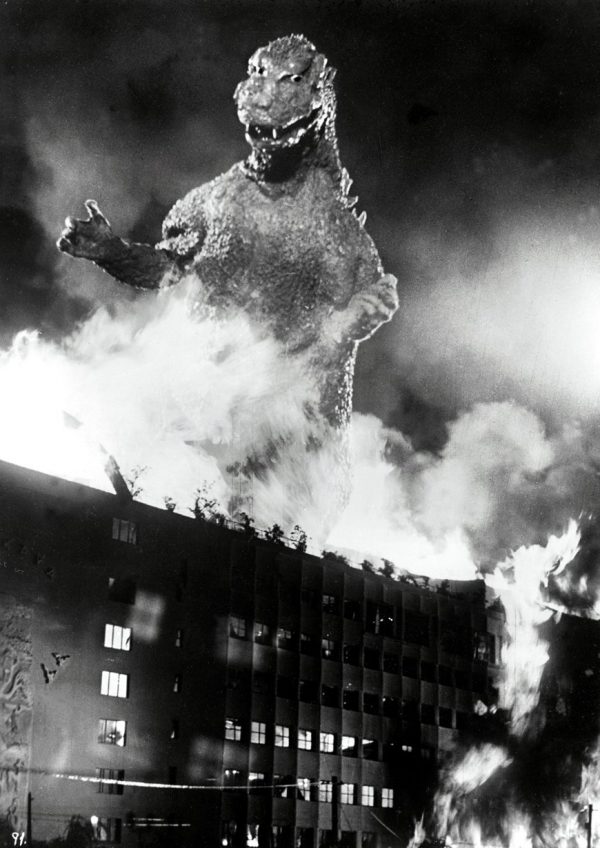Meet the Man Inside the Original Godzilla

Behold, Godzilla, King of the Monsters!
I was reading <a href="http://en.rocketnews24.com/2017/04/12/godzilla-speaks-interview-with-12-movie-veteran-kaiju-actor-haruo-nakajima%E3%80%90video%E3%80%91/">Rocket News</a> today and found a fascinating video from <a href="https://www.youtube.com/channel/UCajXeitgFL-rb5-gXI-aG8Q">Great Big Stories</a> about the man who was inside the Godzilla suit for the first 12 films. Two things you might not know: the monster's name was actually Gojira before it was Anglicized, and there are 29 (!) Godzilla movies.
The video of actor Haruo Nakajima, now 87, is interesting and artfully done. I had never seen him before, and he looks back fondly on playing the monster.
https://www.youtube.com/watch?v=_oBNEG8kLfQ
The original Japanese version of the film, Gojira (which few Americans saw until a decade and a half ago when it appeared on DVD), was produced in 1954, a mere nine years after the atomic bombs were dropped, and the Americanized version came out in 1956 titled, Godzilla, King of the Monsters!
About the Japanese version, Gojira, film scholar Tim Lucas wrote [the film is a] "dark, melancholy, crushing, and relentless" rumination on the horrors of the atomic age, in his late lamented magazine <a href="http://www.videowatchdog.com/home/home.html">Video Watchdog</a> (Special Issue 2, 1995/96). Godzilla is a creature who comes to exist only because of the atomic bombing of Hiroshima and Nagasaki. From Wikipedia: "Producer Tomoyuki Tanaka stated that, 'The theme of the film, from the beginning, was the terror of the bomb. Mankind had created the bomb, and now nature was going to take revenge on mankind'."
The destruction Godzilla causes, though the special effects are primitive by today's standards, is genuinely horrific. You might be one of those folks who chuckle at the marvelously-crafted miniature cities being destroyed, but if you think about what it really means, your laughter should catch in your throat. The film has a prominent anti-nuclear message and is one of the earlier films to shout it out loud.

When an American distributor bought the rights to release the film in the U.S., the anti-nuclear message was mostly deleted and film was dubbed into English with dialogue being changed in the process. The original Japanese version runs 96 minutes; the American version approximately 81 minutes and is padded with scenes of Raymond Burr as a reporter filing dispatches throughout the film. So, if you remove all the scenes of Raymond Burr (many of them quite cleverly worked into the film with the use of doubles for the Japanese actors) even less of the original film exists in the English version.
Both versions are worth experiencing, and quite different. The segments with Raymond Burr are surprisingly well integrated in the U.S. film, and his narration adds much. But it is the original Japanese film that fully reveals the insanity of using nuclear arms. If you haven't seen the original Japanese film you're in for a surprise, and as a warning against the use of nuclear weapons, it ranks with <a href="https://en.wikipedia.org/wiki/The_Day_After">The Day After</a>, a 1983 telefilm from which scared the hell out of most of America-43 million people watched its original broadcast.
The best way to watch both versions of Godzilla is the <a href="https://www.amazon.com/Godzilla-Criterion-Collection-Blu-ray-Takashi/dp/B005VU9LKE/ref=sr_1_4?ie=UTF8&qid=1491938022&sr=8-4&keywords=godzilla+blu+ray">Criterion blu-ray</a>, which has both versions and ample extra features.
With North Korea engaged in a race to build and launch nuclear-armed Intercontinental Ballistic Misses, and world leaders with few ideas how to effectively prevent it, Godzilla is more timely than ever.